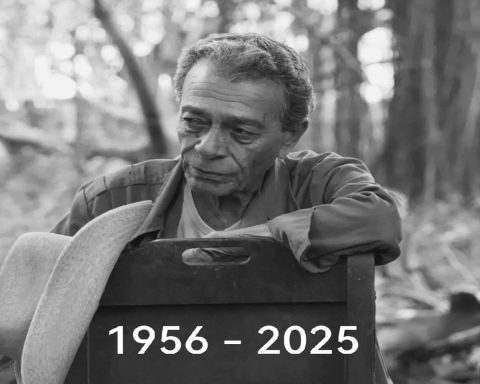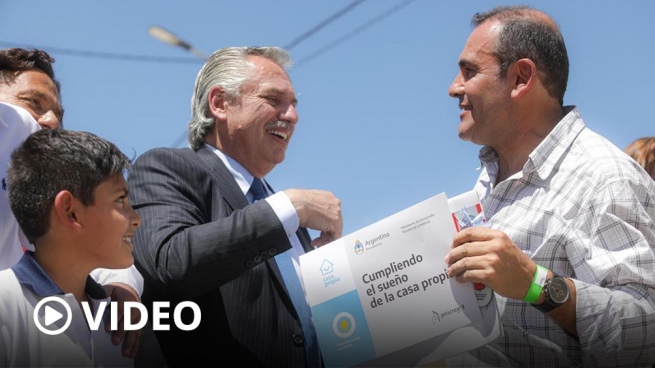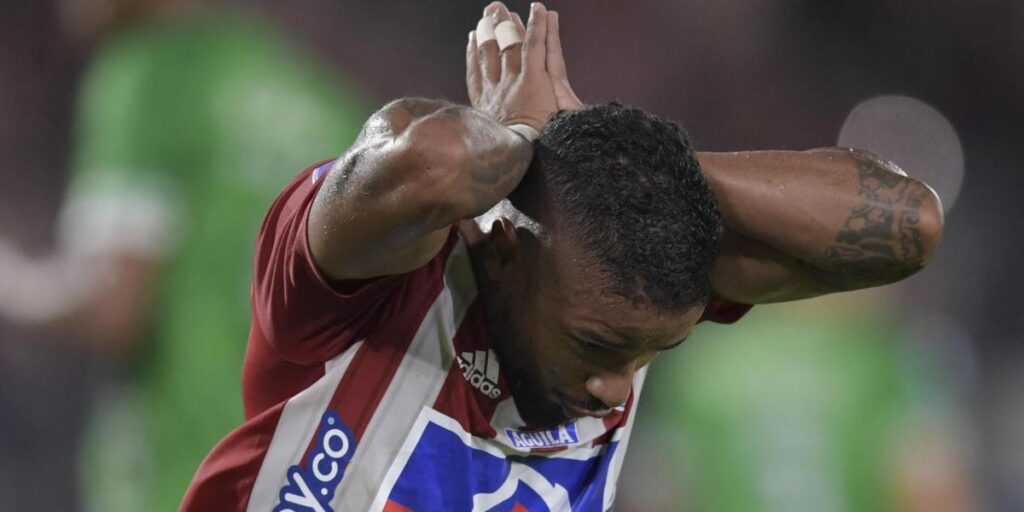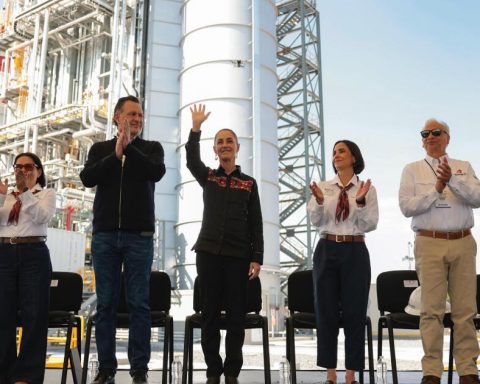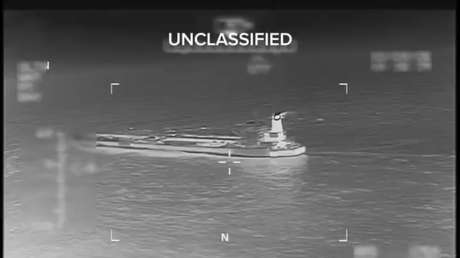By Yelena Rodriguez Velazquez
Journalist of the Culture Newsroom
First relax your legs and keep them semi-flexed. Remember that the Changüí is a dance in which the knees take the rhythm. Take the position of social dance. If you find a partner, even better! Note that the woman starts with the right foot and the man with the left.
As a musical theme I propose “Do it like me”. From there dial 1, 2, 3 from side to side and even when you get creative, don’t forget that this dance is performed by “scraping” your feet on the ground. That is a sacred rule: you must not lift your feet.
bongo calling me
waht do you think about the experience? Fun? Well, from the enjoyment and revelry at family parties on Christmas Eve, New Year, birthdays and the end of the coffee or sugar harvests, this Cuban sound emerged in Guantánamo, the land of Pastora Yuani Sayú, the woman who inspired the Guararey.
Singers and dancers went from one house to another, with roast pork on the pick, lots of rum and a feast of homemade sweets. This is how they spent several days of cumbancha, sheltered in a ranch or sheltered in the shade of a ceiba, carob or anacahuita tree. What did the mosquitoes matter when the bongo was playing!
The peasants, the humble black people from the mountainous areas of Guantánamo, Yateras, El Salvador and Manuel Tames were the protagonists of these evenings and managers of the Changüí de monte, whose emergence dates back to the 1860-1870 decade.
Andrés Fistó was one of those who lived the custom and formed an unforgettable dance partner with Ebelia Noble. He well remembers the beautiful dancer, who woke up at the downloads of her time, she would go out for a few minutes to assemble the beans and return to the beat of the rhythm on the dirt pavement.
And since this is a family affair, with Bella the Cuban dancer Yaneisi Chibás learned, foster granddaughter of Chito Latamblé himself, the eldest tres player. The beginner was so passionate that she developed a master’s research on the Changüí as a musical-dance manifestation.
The dance instructor Ena Márquez Silveira confirmed it: the Changüí is a traditional, autochthonous and endogenous dance that is played, danced and sung in the changüisera community.
As he explained, this falls into the popular category due to the significance of its transcendence, the transmission between generations, the musical influences and its fusion with other dances.
The orchestration is what makes it musically popular because the syncopated rhythm endures, as well as its cadence and position.
The media coverage, modernity and migration of performers, audiences and spaces shaped its development and popularity, which went from the limited rural and family festive context to larger urban environments, related to the field of music and professional performers.
Tumba´o from the mountain to the city
In the search for a methodology to teach rhythm dancing, the efforts of Márquez Silveira stand out. As he revealed, there are no predefined ways to learn it and it has a lot to do with the style of the dancer, including the geographical area where he unfolds.
In the rural environment, the dancers are governed by the guayo, the tres and the maracas. It is generally danced more slowly, while the marímbula assumes the rhythmic cell similar to the French tomb and the bongo makes peals like the fifth of the rumba.
In the field, the performers perform a semiflexion to give it the typical tumba’o of the rural style, without shoulder movements. The women slightly move the waist, mark with the left foot and join it to the right one sliding on the floor and then alternate them.
According to the teaching deputy director of the Guantánamo Provincial Center of Houses of Culture, urban quality has a different form. The setback is imposed by the sound of the marímbula, the feet drag, without movements of the torso.
Julia Reyes, for example, was one of those dancers from the first generation of founders, who made a slight movement of her head, difficult to imitate.
The call of the instruments
As a good cultural stew that is Cuba and its music, the Changüí has an African, Hispanic and European mix, and links all of that in its instrumentation, according to the director of the Rafael Inciarte Brioso Music Documentation Center in Guantánamo, José Cuenca Sosa.
The legacy of Africa is in the marímbula, the bongo and the tres, but its influence reaches further and touches the melodic inflections in the chorus and chorus. Hispanic blood is also revealed in the way of singing and the chordophone instrument, which has as its antecedent the lute of the Iberian Peninsula.
The changüiseros, fundamentally the singers, improvise in quatrains and tenths that are literary forms coming from those Hispanic generations; while the anticipated rhythm, the syncopation, comes from the rhythmic succession of African origin. This symbiosis also shines in the dance. Before, the tresero summoned the rest of the musicians and creativity took over the rest. A guitar appeared the same as an accordion and if there was no bongo, a stool, a bottle with a spoon or a donkey, horse or beef jawbone would do the trick.
As confirmed by the also writer, at that time the genre remained in the hills, from where it did not come out or have any recognition. Never, before 1959, a group played in a social or private institution in the city.
The union of the appellatives of the genre and of its mother province formed the designation Changüí Guantánamo in 1945 and the establishment of the instrumental ensemble.
The official formation of the group, thanks to Inciarte Brioso, was essential in the growth of Guaso music and its splendor throughout the world, which achieved unity in the variety.
This is our Changüí
The vitality of the genre and its community in the southeast of Cuba is visible in the 30 changüiseras clubs in the city and its surroundings, the dissimilar groups that defend it, the strong movement of authors, composers, cultural promoters and researchers in the world.
If you still have doubts, go to the National Changüí Elio Revé Matos Festival in the city of Guantánamo, a showcase every two years of its main exponents and an opportunity for the authentic musical download that in 2018 extended its duration record to 31 uninterrupted hours.
The Changüí became the sound of Guantánamo, a cultural complex that includes music, dance and parties in its designation. A dance genre from the eastern part of the country, with an authentic rhythm that does not remain a museum piece but a living heritage, Cultural Heritage of the Nation (2018).
For you Nengon
Although small in its territorial extension, Guantánamo is large and diverse in its identity richness, with two very well defined historical-cultural regions: the main city and Baracoa, the First City of Cuba.
In Baracoa Changüí is not made, what sounds is Nengón. Both musical expressions, however, were born together in time in a primitive way and with similar instrumentation, argued Cuenca Sosa.
Like dear relatives, growing up, each one set out on their own path and reached an unequal development. In the Changüí there was a harmonic and melodic evolution that was not evident in its genesis, but it was gaining ground in the structure.
The “son” of Our Lady of the Assumption, who grew up bathed in the sea in the midst of traditional peasant festivities, became one of the most unique music-dance shows in Cuba and found many other “cousins” and an inseparable brother along the way. : the Kiriba.
Both son forms remained in a more primitive melodic structure with a verse, a small chorus and the discharge of the instruments in the historical-sound journey of Cuban music, said the researcher.
It was the prestigious Cuban musicologist Argeliers León who was in charge of evaluating and declaring the rhythm as the primary cell of the Son, with a traditional base executed by quintets that take the sounds to the bongo on land, the hutía gut string bass, the tres, the guiro or guayo and maracas.
come dance
Many years later, a group of families settled in the rural area of Güirito in El Jamal and within the area known as the Cacao Cultural Landscape won the category of carrier group, given to those cultural expressions that preserve the tradition of their ancestors.
In this community, the project led by Ana Teresa Rochet exalts the cultural roots inherited from the 19th century and unites music and dance in a show that also allows the enjoyment of the typical food of the area, praised the president of the Hermanos Saíz Association in Guantanamo, Carlos Urgelles.
In the Nengón dance, the execution simulates the stacking of the grain with the feet in the dryers, that is why the sweep is carried out from the outside to the inside and the dancers are placed in pairs forming a large circle.
The Kiribá, on the other hand, has more choreographic freedom, according to María Court, a graduate in History and Social Sciences.
Thus, handmade instruments and work songs marked the melodies and dances of an era; some with better luck than others in the history of Cuban music and dance, but all owners of the most genuine expressions of the people.
arb/yrv



